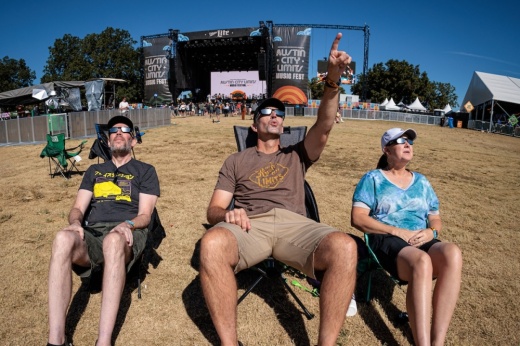What happened
The declaration comes in anticipation of an influx of visitors and traffic in April, and potential strains on first responders the week of the eclipse. This allows public officials to “take actions necessary to protect the health, safety and welfare of residents and visitors,” according to a news release.
Due to the declaration, private property owners in unincorporated areas of Travis County are required to give officials notice if planning a gathering with over 50 people for the eclipse.
What residents should know
Residents are encouraged to view the eclipse from home, run errands before April 8 and plan ahead for traffic.
Austin’s 911 Emergency Communications Center will increase staffing from April 6-9 to address a potential for additional calls. The Austin Fire Department, Austin-Travis County Emergency Medical Service and Austin Police Department will also increase staffing during this time, as previously reported by Community Impact.
Why it matters
A total solar eclipse only occurs over the same region every 200 years, making this is a rare event for Travis County. The moon will completely block the sun for about three to four minutes, causing the sky to darken and the temperature to slightly drop.
County officials predict the population will double due to visitors for the eclipse. Rental company Airbnb officials said Austin is one of the most booked cities among the path of totality in April. In Dripping Springs, city officials anticipate up to four times the normal population, and are seeing hotels and camping bookings fill up, as previously reported by Community Impact.
Quote of note
“This disaster declaration will allow our first responders and public safety officials to better manage traffic and crowds as we anticipate the population to potentially double in size, and we want to ensure everyone can enjoy the total solar eclipse in Travis County,” Travis County Judge Andy Brown said in a news release.





